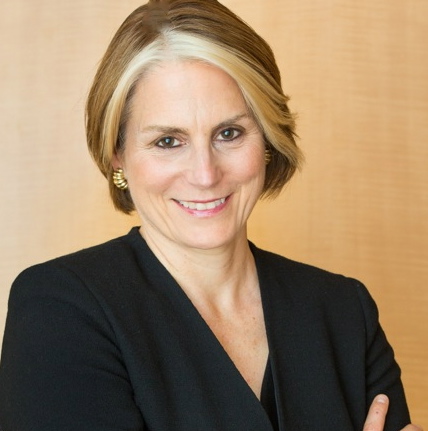Bio
Peg Tyre is a best-selling writer and award winning journalist. She also helps to run the Edwin Gould Foundation Accelerator, a residential program for education-related nonprofit.

Peg Tyre is a best-selling writer and award winning journalist. She also helps to run the Edwin Gould Foundation Accelerator, a residential program for education-related nonprofit.